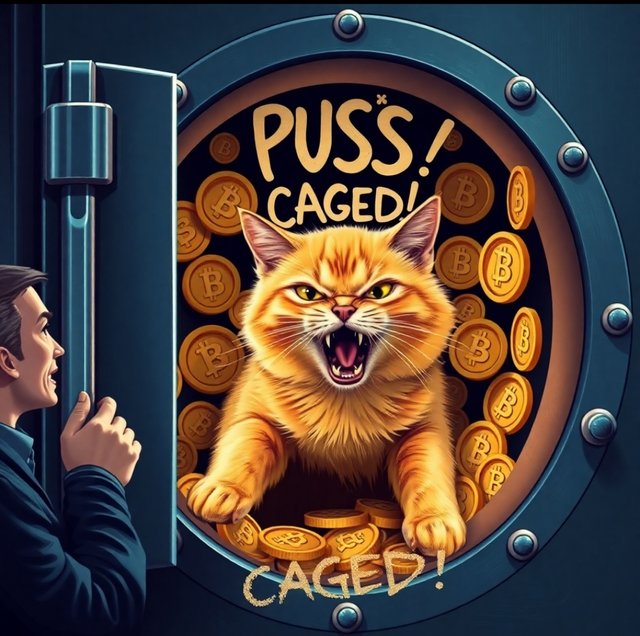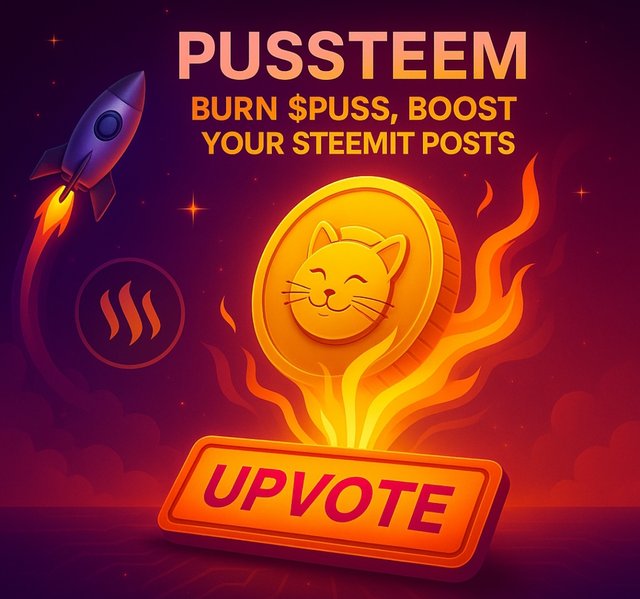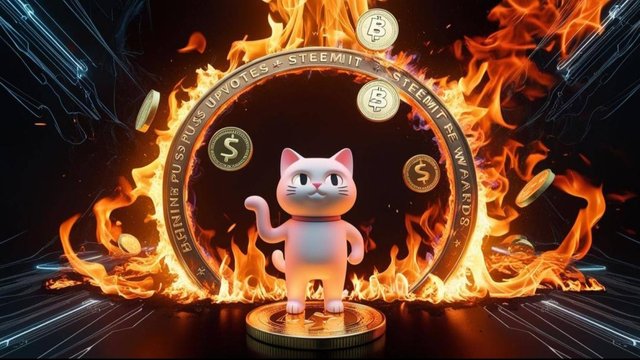How PUSS COIN Could Be Used In DAOs
As DAO frameworks are being matured and expanded, the requirement for reliable and functioning tokens is increasingly being felt. PUSS COIN might fulfill the requirements of such a system by being good for certain decentralized governance models. It might act as an intermediary between the managers and the holders of the token to make sure that all stakeholders have a say in the operations of the system.
Installing PUSS COIN in the DAO environment means community voting, decision-making, and proposing changes with the token. This democratic style removes any kind of central control while also making everything clear and fair. PUSS COIN, in these settings, advances active participation and confidence, which is considered to be the grout required for long-term decentralized development.
This could entertain mechanisms like staking for voting power or contribution awards through PUSS COIN to encourage further user involvement. The fact that this would encourage community involvement and also set the basis of responsibility within the DAO structure makes PUSS COIN in a very good position to assist with the innovation and collaborative growth of various DAO projects as decentralized ecosystems continue to evolve.
- TREASURY MANAGEMENT
Treasury management is important in the DAO framework. PUSS COIN can be amongst the key assets stored in the treasury of a DAO. Given the coin's utility and its presence on the market, it comes across as a shrewd choice to maintain operational accounts, make future investments, and fund certain community-related projects through decentralized ways.
Management of the treasury through PUSS COIN implies transparent budgeting. Each transaction, allocation, and expenditure decision can be entered on-chain for visibility among all DAO members. This would promote community trust and accountability in financial operations. Members may vote on treasury fund usage through PUSS COIN in areas like development, partnerships, or expansion projects.
Also, holding the treasury in PUSS COIN assumes the role of boosting token demand and thus maintaining stability. The DAO, growing as it may, only strengthens the ecosystem through its reliance on the coin. It ceases being just a governance token—applying itself to become the spine for the ongoing operation and simultaneous investment for the long-term sustenance in all undertakings led by the DAO.
- STAKING FOR THE DAO ACCESS
To obtain DAO governance rights, one would need to stake PUSS COIN. By locking a certain amount of tokens, a user shows a commitment toward the project. This enables the system to prevent spam, allowing only serious participants to steer either major decisions or votes on critical proposals.
Scarcity and utility are created through the staking process. With increasing users staking PUSS COIN, it means decreasing circulating supply, thus potentially raising its price. And in return, the stakers might be entitled to certain perks like the first viewing opportunity of proposals, some exclusive content, or increased voting weights. These rewards would bind together a strong and highly cohesive governance community.
Staking also aligns member interests with the health of the DAO. If members start opposing the goals of the DAO, slashing could be applied to the PUSS COIN staked by them. This ensures sensible participation, reduces the chance of adversarial conduct from making the governance strong and secure for all the other members involved.
- ACCESS TO DAO TOOLS
Such access to certain DAO tools may be offered as a privilege by holding or spending PUSS COIN. Examples may include governance dashboards or tools for analytics or building proposals. Such access is rationed to make sure that only active, invested users are able to affect critical aspects of DAO functionality and the decision-making processes.
These tools promote governance. They provide templates, performance reports, or forecasting utilities that can help holders make sounder decisions, thereby maintaining governance with fewer mistakes. Tying access to these valuable utilities with PUSS COIN also creates another revenue stream for the DAO, strengthening the value proposition of the coin.
Token-based access encourages engagement and promotes development. Developers will have a great reason to create valuable tools for the DAO community, whose members will spend PUSS COIN accessing them. This will support innovation and help reward both the developers and the DAO itself by driving up token demand and utilization.
- CROSS-DAO COLLABORATION
PUSS COIN could act as a medium of exchange for partnerships between DAOs. Instead of exclusively depending on ETH or stablecoins, DAOs could consider using PUSS COIN to fund joint ventures. This use-case ties a bigger network of aligned communities and broadens the scope of this coin in the decentralized governance space.
Through PUSS COIN transactions, DAOs are able to express trust and shared interests. Other things become co-funding an NFT drop, pooling resources for development, or perhaps running a campaign for marketing. It's good for the whole DeFi ecosystem and for token velocity across a few autonomous platforms.
Cross-DAO deals settled in PUSS COIN create liquidity, increase activity, and also help build credibility for the token as a multi-purpose utility token. As more DAOs begin to recognize the utility of the token, the number of listings and integrations grows. These two fuel one another: collaboration spurs adoption, and adoption fuels new coalesced application development.
These four use cases illustrate that PUSS COIN could play an indispensable role inside DAO structures, ranging from treasury management and gated participation to powering tools and enabling partnerships. In turn, the more the token is embedded into DAO processes, the more utility it accrues, thus becoming an important element in decentralized governance.



https://x.com/prolee_o/status/1922698995211575380
https://x.com/prolee_o/status/1919861903645442267
https://x.com/prolee_o/status/1919861334272885228
https://x.com/prolee_o/status/1919860637137510845
https://x.com/prolee_o/status/1919860129228329350
Note:- ✅
Regards,
@jueco